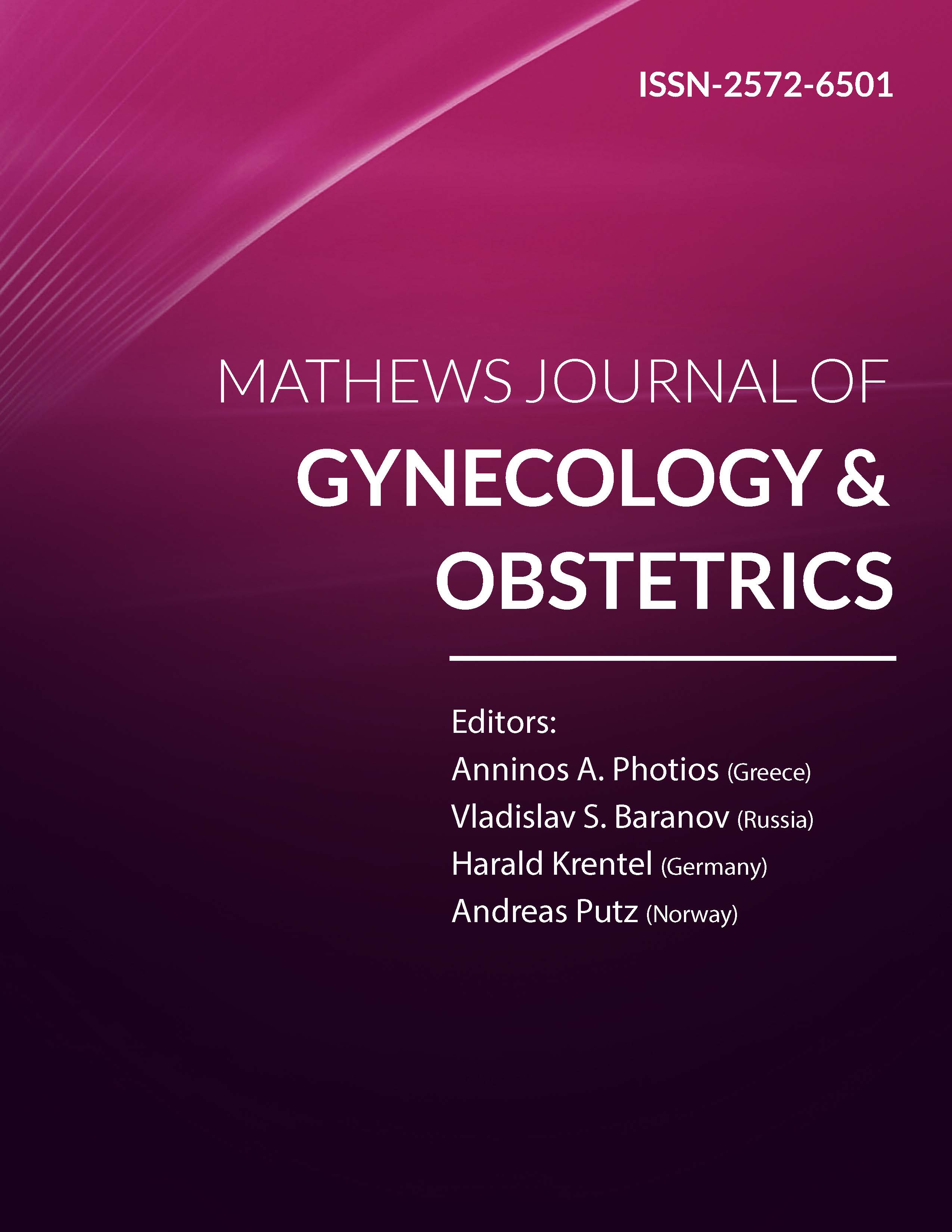
Information Links
Current Issue Volume 8, Issue 2 - 2024
Indigenous Pregnant Women from the Municipality of Iquira-Huila and Characteristics of their Newborns
Michell Andrea Suarez Bedoya1, Valentina Perdomo Ávila2, Vanessa Katherine Lugo Díaz3, Sara Sofia Bermeo Becerra4, Eduardo Mahecha Reyes5,*
1,2,3,4Medical student at the Faculty of Health Sciences of the Navarra University Foundation-UNINAVARRA (Neiva-Huila) Colombia
5Professor of Medicine, University Foundation, Navarra – UNINAVARRA – Nurse, Master in Epidemiology, Epidemiologist, ESP in Health Services Management, ESP in Quality Management and Audit, Support Professional of the Huila Health Secretariat, Colombia
*Corresponding author: Eduardo Mahecha Reyes, Professor of Medicine, University Foundation, Navarra – UNINAVARRA – Nurse, Master in Epidemiology, Epidemiologist, ESP in Health Services Management, ESP in Quality Management and Audit, Support Professional of the Huila Health Secretariat, Colombia, Emails: [email protected]; [email protected].
Received Date: July 24, 2024
Published Date: November 12, 2024
Citation: Bedoya MAS, et al. (2024). Indigenous Pregnant Women from the Municipality of Iquira-Huila and Characteristics of their Newborns. Mathews J Gynecol Obstet. 8(2):40.
Copyrights: Bedoya MAS, et al. © (2024).
ABSTRACT
Introduction: In Colombia, the 2018 National Population and Housing Census identified 115 native indigenous peoples. In the 2005 General Census, only 93 native indigenous peoples had been identified. The 22 additional villages in 2018 correspond to new ethnic recognitions or indigenous peoples of border areas. The four most numerous indigenous peoples in the country are (Wayuu, Zenú, Nasa and Pastos) which concentrate 58.1% of the country's indigenous population. According to the National Census, there are about 1,905,617 indigenous people who are distributed among the different peoples, representing 4.4% of the country's total population. Objective: To identify the gynecological-obstetric characteristics and newborns of indigenous pregnant women with deliveries attended in the 2021-2022 term of the municipality of Iquira-Huila. Methodology: A descriptive observational study was carried out in Iquira, Huila. Results: It was determined according to the analysis of the Vital Statistics (Births) databases that during the period 2021-2022 in the Nasa-Páez-Huila indigenous reservation, 135 births were evidenced, of which 73 births occurred in 2021 and 62 births in 2022, having an average of 68 births per year. In the same way, for the gynecological-obstetric profile of the indigenous pregnant women, an average of 3 pregnancies, 3 deliveries, and 1 cesarean section were obtained. Regarding the anthropometric measurements recorded of the newborns, an average height of 49 cm and weight of 3207 grams were found, of which 59% were male children.
Keywords: Neonates, Pregnant, Indigenous, Gynecology, Obstetrics.